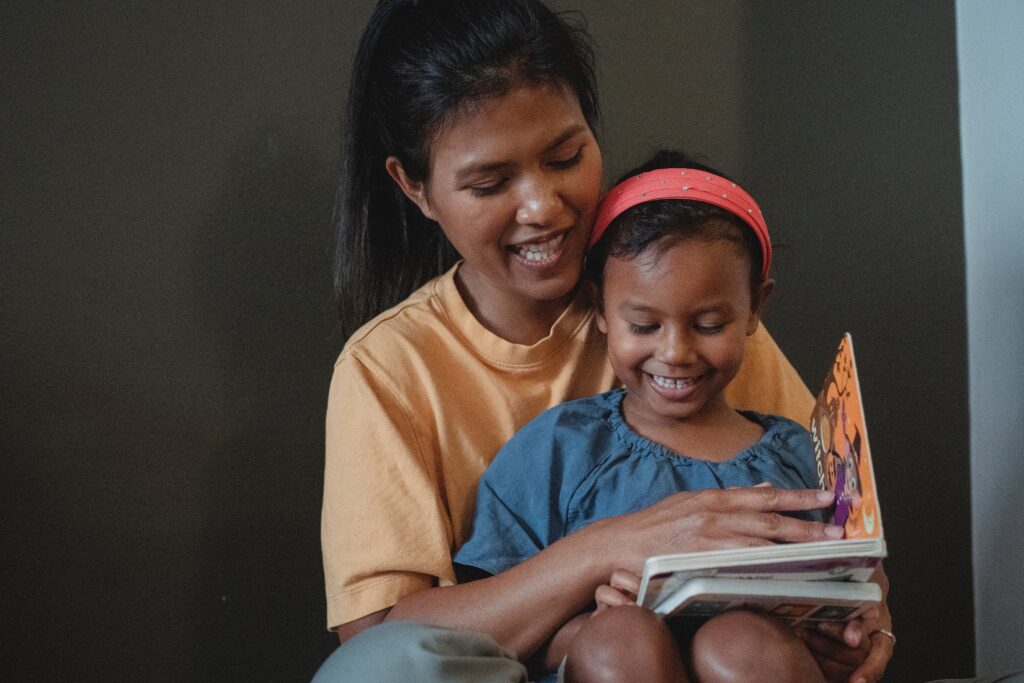Reading and storytelling have a great impact on the development of a child’s imagination and creativity, but also a large number of other important skills, such as focus and concentration. Here’s how you can apply them.
Adapted from najboljamamanasvetu.com.
Although we can just read while the child is listening, it is good to remember that it is much more effective to read together with the child. By including the child, we give him (author’s note: or ‘her’, although pronoun he/him/his will be used for both genders throughout the text) an active role, as opposed to the passive role of a listener.
Picture books and other illustrated books are the right choice for this activity because:
- they help the child connect the meaning of the text with the book
- they encourage the development of speech, focus, concentration, and memory
- the ability to make conclusions is developed
- vocabulary is enriched and knowledge is acquired.
Reading picture books makes it easier for young children to concentrate and better understand the story by connecting the picture and text with what is being said. You can involve the child in reading the story by talking to him about the pictures, asking him questions, letting him turn the pages. In the end, it is good to check how the child experienced the story by talking to him, through a drawing or by acting out a part of the story together.
Follow your child and pay attention to what kind of stories he enjoys. Reading and telling stories should be a pleasant and fun experience for both you and your child.

Reading picture books makes it easier for young children to concentrate and better understand the story by connecting the picture and text with what is being said.
Do you read or tell stories?
It would be good to do both. Storytelling is much more lively than reading, and the storyteller tends to use gestures because he is more focused on his feelings. The problem can only be the creation of the story and consistency in the retelling. Consistent repetition of the story is important to young children because it provides them with a sense of security and stability.
Here are some interesting storytelling techniques that keep children’s attention:
Role play
This way of speaking is guaranteed to captivate the child’s attention because it puts the reader in the role of the hero of the story. It makes children imagine the people and events that take place in the book. You can expect laughter, shouting, a little fear and all the reactions that go along with the material you read. Change voices, imitate sounds and enjoy!
Drawing and talking
Another great way to exercise both your and your child’s imaginations is to talk about what will happen next as you draw. Take crayons and felt-tip pens and you will see how the child will enthusiastically follow the story and look forward to what the original drawing will turn into.
Story box or bag
This is easy and very interesting because all you have to do is put all the elements from the story in one box or bag and then take them out as the story progresses. It only takes a little preparation to make sure the items in the bag match the story.

















